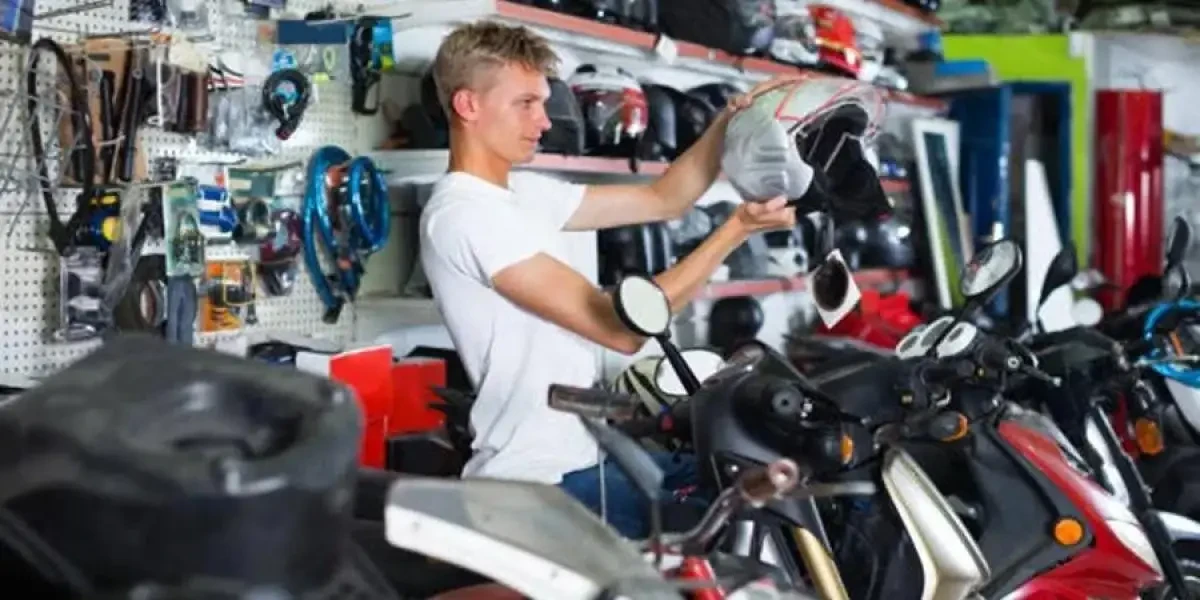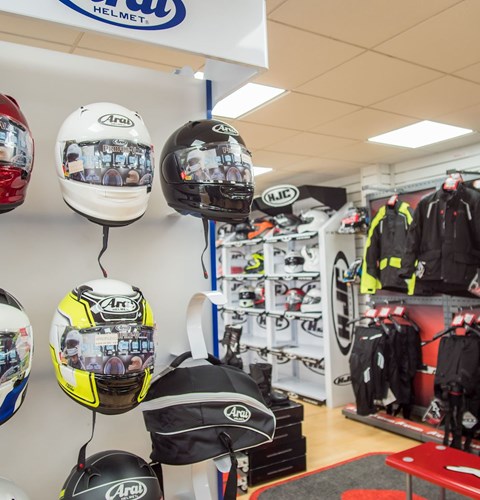Vital Motorcycle Parts NZ for Peak Performance and Safety
Vital Motorcycle Parts NZ for Peak Performance and Safety
Blog Article
Mastering Bike Gears: Exactly How to Enhance Your Riding Experience
In the realm of motorcycling, understanding the art of equipment adjustment is critical for enhancing your riding performance. Effectively making use of and understanding motorbike gears can significantly influence control, acceleration, and fuel effectiveness, changing an ordinary trip right into a smooth, exhilarating trip. By incorporating precise shift timing and adjusting gear selection to different road problems, bikers can make sure optimal engine performance and safety and security. The subtleties of clutch control, throttle control, and equipment technicians beckon a much deeper expedition, promising to open the full potential of your device. Just how can these methods be harnessed to absolutely optimize your riding experience?
Understanding Equipment Mechanics
At the core of bike dynamics, equipment mechanics play a pivotal duty in converting engine power into activity, eventually determining rate and control. The gear ratios, carefully made, determine the relationship between engine transformations and wheel turns, influencing velocity and fuel efficiency.
Understanding equipment technicians starts with recognizing the significance of the gearbox, which houses numerous gears of varying dimensions. These equipments interact with a process referred to as meshing, where teeth of different gears involve to send power. The accuracy of this communication is essential; any misalignment or damages can lead to ineffective power transfer, preventing performance. Additionally, the setup and size of gears affect the motorbike's capability to take care of different lots and speeds.
In addition, the principle of gear moving is essential to maximizing performance. Timely and smooth shifts ensure that the engine runs within its ideal power band, stopping unneeded pressure and boosting long life (mx parts nz). By understanding these mechanical ins and outs, bikers can attain an unified mix of control, performance, and power, boosting their riding experience
Timing Your Shifts
Shift timing proficiency is vital for enhancing motorcycle performance and boosting the riding experience. Appropriately timed changes make certain that the engine operates within its optimal power band, which is important for keeping control, attaining smooth velocity, and making sure the longevity of the bike. Motorcyclists must develop an intuitive sense of when to shift gears, which involves comprehending the connection in between engine transformations per minute (RPM) and rate.
To master shift timing, pay very close attention to the engine's noise and really feel, as these give crucial ideas about when to alter gears. The ideal shift point usually takes place when the engine comes close to the top series of its power band without getting to the redline. Shifting too early can cause an absence of power, while shifting far too late may cause unneeded engine stress
In addition, roadway conditions and riding design influence change timing. In comparison, throughout highway riding, less changes at higher speeds can be a lot more appropriate.
Enhancing Fuel Performance
While grasping bike gears is crucial for performance, enhancing gas effectiveness is just as crucial for both financial and ecological factors. Optimum fuel intake not only minimizes functional costs yet likewise lessens the environmental impact of riding. To attain this, one should understand the detailed partnership between gear choice and engine performance.
Riding in a higher gear at reduced rates can lead to engine hauling, which is harmful to both fuel economy and engine health and wellness. Conversely, riding in lower gears at high rates results in unnecessary gas usage.
Additionally, regular upkeep plays a crucial function in gas performance. Ensuring that the bike is well-tuned, with tidy air filters and appropriately inflated tires, can minimize and improve aerodynamics gas waste. Furthermore, taking on a riding style that welcomes progressive acceleration and smooth deceleration can add to better gas economic situation.

Strategies for Smooth Transitions
Achieving smooth equipment shifts is basic to boosting the riding experience and making certain the durability of a motorcycle's transmission system. Proper equipment moving not only adds to a smooth adventure but also decreases damage on my explanation the mechanical parts. To understand the art of smooth transitions, cyclists need to concentrate on a couple of essential strategies.

Secondly, clutch control plays a pivotal role. Engaging and disengaging the clutch efficiently calls for practice. The clutch bar ought to be released slowly, permitting a seamless transfer of power from the engine to the wheels without creating a shock or abrupt activity.

Adapting to Roadway Conditions
Navigating varied roadway conditions is a crucial ability for any motorcyclist aiming to maintain control and security. Whether you're riding on wet surface areas, gravel roadways, or browsing doglegs, your capability to adjust your gear usage and riding technique is paramount. Understanding exactly how to adjust your equipments properly can considerably affect grip and stability, making sure a much safer journey.
On damp roads, it is advisable to preserve greater gears to minimize torque and reduce wheel spin. This technique helps keep grip on slippery surface areas, permitting for smoother acceleration and slowdown. In contrast, when riding on gravel or irregular surface, reduced gears are better. Lower equipments provide better control and permit you to react more swiftly to unexpected changes in the roadway surface area.
Sharp contours require exact equipment management to stabilize speed and control. Downshifting before entering a contour can help preserve energy while ensuring the bike stays secure throughout the turn. Consistent technique in diverse conditions improves your capacity to predict and react to adjustments in roadway texture and slope.
Conclusion
Understanding motorcycle equipments substantially enhances the riding experience by improving acceleration, control, and fuel effectiveness. Adapting equipment choice to different roadway conditions, such as using higher gears on damp surface areas and lower equipments on gravel, additional enhances handling and safety and security.
Recognizing gear mechanics begins with recognizing the significance of the transmission, which houses numerous equipments of differing sizes. These equipments connect through a anchor process understood as meshing, where teeth of various equipments involve to transfer power (motocross gear). Mild changes to the throttle throughout gear changes can protect against jerky activities and maintain a constant riding rate
Whether you're riding on damp surfaces, crushed rock roadways, or navigating sharp turns, your capability to adapt your gear use and riding strategy is extremely important. Adapting equipment option to different road conditions, such as utilizing greater gears on damp surface areas and pop over to this site reduced equipments on gravel, additional enhances handling and security.
Report this page